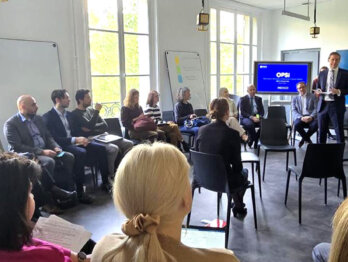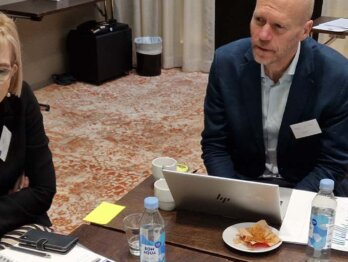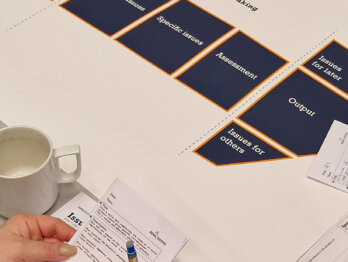Brasilia revisited: enriching the picture of the public sector innovation system

In our first visit to Brasilia in May, members of the Observatory of Public Sector Innovation team were on a journey of discovery to uncover the innovation context for the Public Service of Brazil. In our recent second visit, we dove deeper to get a better sense of the key characteristics and developments, and to gain insight into what the dynamics of the public sector innovation system are. To assist us in this process, this time we were accompanied by two international peers: Victoria Carlan, of the Impact and Innovation Unit within the Government of Canada’s Privy Council Office, and Pierre Schoonraad, of the South African Government’s Centre for Public Service Innovation. This piece is a brief summary of our visit, and some of our impressions.
A clear practice of innovation
One of the joys of exploring innovation systems is to learn about the innovation that has already been occurring, often in trying or difficult circumstances. The Public Service of Brazil was no different, in that there was a clear history of innovation revealed through our discussions, and it was great to hear and learn from different practitioners.
A particular example that struck me as both an interesting case and as an illustration of the ongoing practice of innovation was that of electronic voting, run by the Supreme Electoral Court (TSE). Since its introduction at a national level in 1998, electronic voting has continued to develop and improve, as new technical possibilities (and threats) became possible. Every election has brought novelties to the process and continued innovation. The high level of citizen engagement in testing the readiness and integrity of the system before each election plays a major role in sustaining trust.
There were other, more recent, cases that we heard about as well, demonstrating that public servants across the system are engaging with new ideas in order to respond to challenges or to take advantage of emerging opportunities.
Innovation is being primarily driven at the individual level, rather than at the organisational or systemic levels
In our work at OPSI we often talk about the different levels of analysis that can be used when thinking of innovation. There is the individual level – i.e. innovation is shaped and driven by individual people. Then there is the organisational level – i.e. innovation is driven by organisational needs, priorities and perspectives, over and above any one person. And then there is the system level – i.e. innovation is being driven, and sustained, by collective concerns, that is not reliant or dependent on any one person or organisation.
We find these differing lenses of analysis useful, not least because it helps us think about where the locus (or the burden) of innovation activity falls. While individuals should be innovating, it is not sustainable if innovation to meet public sector priorities depends entirely upon specific people. While organisations should be innovating, it is not going to be collectively beneficial if it is being driven only by the perspectives and priorities of particular organisations.
Yet what we often see, and found to be the case in Brasilia, is that a lot of innovation is being driven by individuals – sometimes almost by sheer force of will, as they go above and beyond to make an idea turn into reality. In many ways it is admirable, but it also suggests that so much more could be done if there were the organisational and system elements in place that could support them in their innovation efforts.
This is a key part of what we are investigating with our public sector innovation system reviews: how to ensure innovation is driven by a more systemic approach, rather than by individual motivation or organisational priorities (or their responses to pressing crises).
A systemic approach
What we have found in Brasilia is that there are many initiatives and activities occurring, but it is not yet clear that these will be sufficient to achieve a system where innovation is a consistent and reliable resource that can be drawn upon to meet the needs, both current and future, of citizens.
In addition to our interviews with actors across the system, we explored our emerging understanding of the system through workshops, to try and elicit further information. Do we accurately understand the system, or are there pieces that we are missing? Are our understanding of the key determinants of innovation right, and how do they look in Brazil, as opposed to other cases (e.g. Canada)?
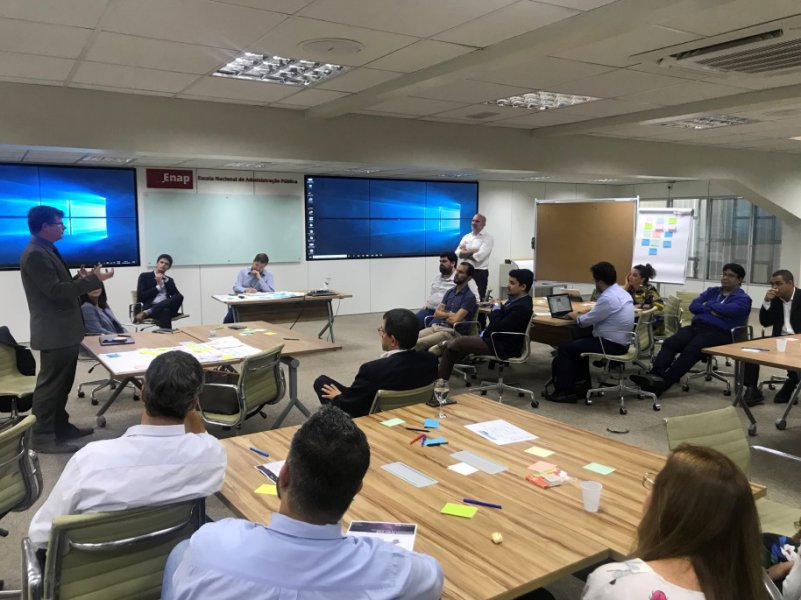
Testing how the public sector innovation system might operate over time
It was clear from our discussions that there have already been some changes and actions to improve the innovation environment. This is natural – no system is static, and there are continual adjustments and new interventions as more is learnt or as new things occur and are responded to.
Yet, it was also clear that such changes can take a long time to have an impact. It is rare that you can have quick fixes at a system level, as it takes time for actors to learn about the changes, for processes to be updated to reflect the new reality, and for expectations to change.
This lag, between the introduction of an intervention and its effects, means that it is important to understand the dynamics of the system over time. If something was introduced, what might it mean, and how might it play out?
To aid us in this, we ended our mission with an exploration of three different scenarios:
- A continuation of the current state (including how existing initiatives might play out over time)
- The introduction of some new measures and attention to innovation
- A radical centring of innovation at the heart of the system.
These speculative scenarios help to provide us with insight into the current state. By examining assumptions about how things might play out in the future, we gain a better understanding about how things are now. This aids us in thinking about where and how to best intervene.
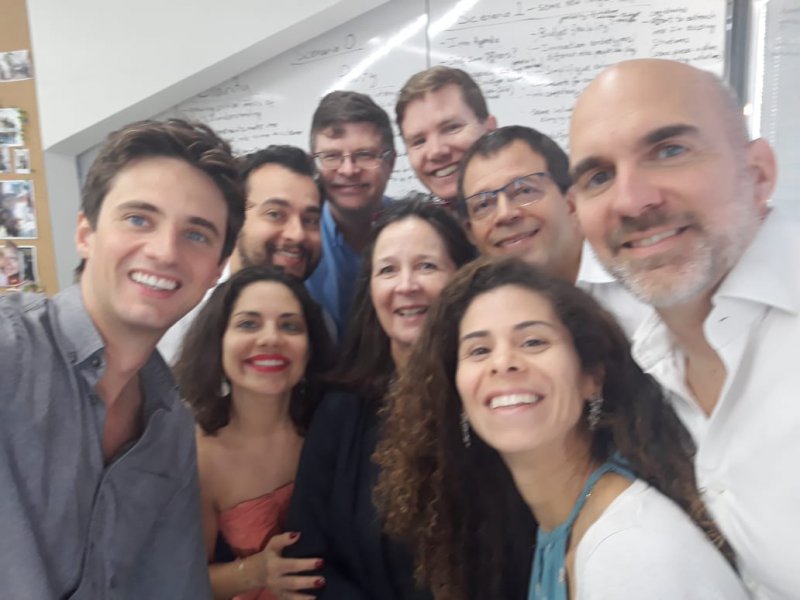
Building a model that can hold for different contexts and cultures
While this is only our second review of a public sector innovation system, we are already gaining more confidence that we have built a model that holds true for different contexts and cultures. While there will always be particular nuances associated with different countries and their institutional arrangements, we are much more comfortable that we are able to describe and understand the underlying determinants of innovation – at an individual, organisational and system levels. We hope to share more soon about our systems model (which complements our thinking about the different facets of innovation) and its relevance to countries thinking about public sector innovation.





